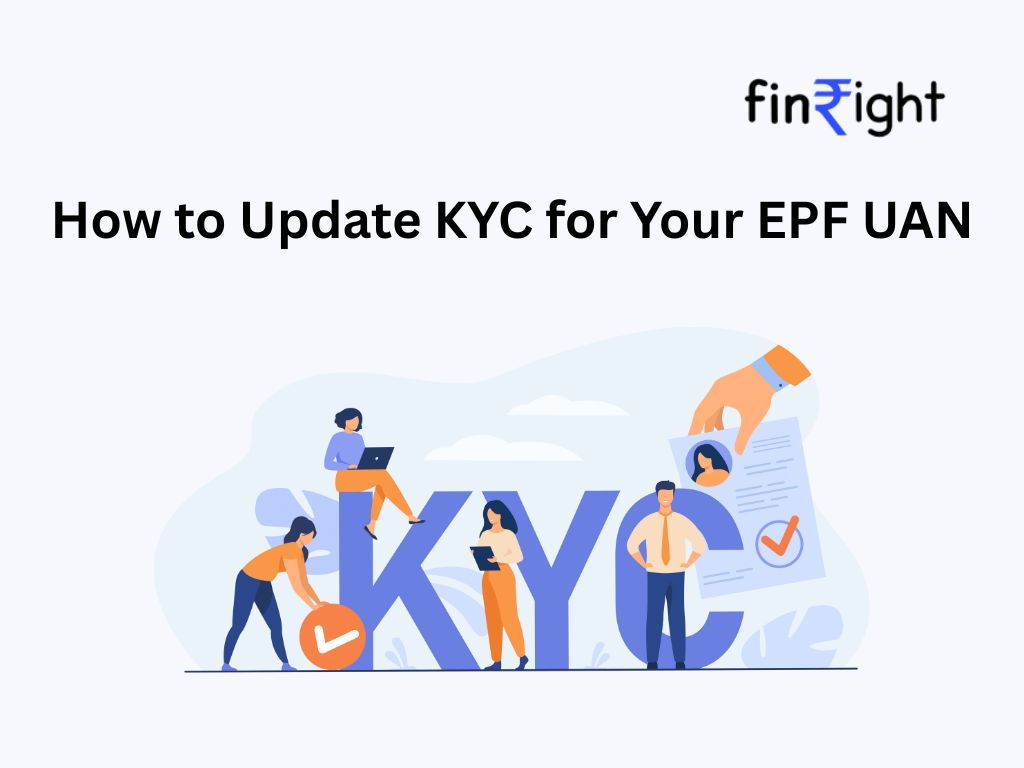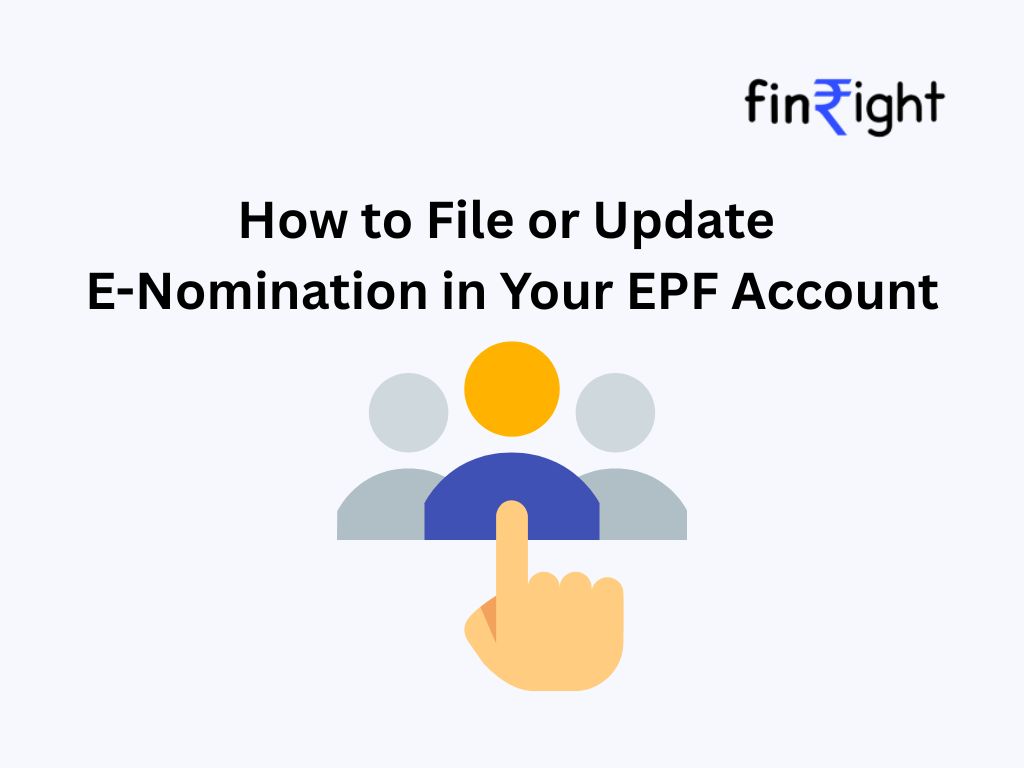What is a Provident Fund?
A Provident Fund (PF) in India serves as a savings and retirement scheme, typically funded by both employees and employers. It’s a government-supported endeavour aimed at ensuring financial stability for employees after they retire. Both the employer and the employee make regular contributions to the fund, and the accumulated amount, along with any interest, is paid out to the employee upon retirement or under specific circumstances such as disability or medical emergencies. PF accounts to aid in building a financial safety net for retirement and fulfilling long-term financial objectives. Additionally, they offer tax advantages and play a vital role in the nation’s social security framework.
Types of Provident Fund
Statutory Provident Fund
The Statutory Provident Fund, established under the Provident Funds Act of 1925, is designed primarily for government employees, accredited educational institutions and universities, the railways, and other government organizations. This fund serves as a retirement savings scheme, where contributions are made by both employees and employers, and it operates under statutory regulations outlined in the Provident Funds Act of 1925. The aim is to provide financial security to employees in these sectors during their retirement years.
Recognized Provident Fund
A Recognized Provident Fund (RPF) in India adheres to the rules and guidelines stipulated by the Income Tax Act. This provident fund model is mandatory for private organizations that employ 20 or more individuals. These organizations have the option to enroll in a government-approved provident fund scheme or establish their own provident fund trust. Should an organization opt to create its own fund, it must receive approval from the Commissioner of Income Tax (CIT) for the trust to be officially recognized.
Public Provident Fund
The Public Provident Fund (PPF) is a voluntary savings scheme that allows individuals, whether employed or not, to invest for their future financial security. Governed by regulations, individuals can deposit a minimum of ₹ 500 and a maximum of ₹ 1,50,000 annually into their PPF account. The scheme has a fixed maturity period of 15 years.
Benefits of Provident Fund
The Provident Fund (PF) offers several benefits to both employees and employers
- Retirement Savings: PF serves as a long-term savings vehicle for employees, ensuring financial security during their retirement years.
- Employer Contribution: Employers typically contribute to the PF along with the employees, which adds to the overall retirement corpus.
- Tax Benefits: Contributions made to PF are eligible for tax deductions under Section 80C of the Income Tax Act, up to a certain limit. Additionally, the interest earned on PF contributions is tax-free.
- Liquidity: While PF is primarily intended for retirement savings, it also offers liquidity by allowing partial withdrawals for specific purposes such as housing, education, or medical emergencies.
Employee provident Fund
The Employees’ Provident Fund (EPF) is a widely used savings scheme launched by the Employees’ Provident Fund Organisation (EPFO), under the oversight of the Government of India. It stands as the most prevalent form of recognized provident fund. Both the employee and the employer contribute 12% of the employee’s basic salary and dearness allowance to the EPF. Currently, the interest rate for EPF deposits stands at 8.15% per annum.
Eligibility Criteria
- Any person employed through a contractor or engaged as an apprentice but not being an apprentice under the Apprentices Act, of 1961.
- Any organization with a workforce of at least 20 individuals is obligated to provide EPF benefits to its employees.
- A business with less than 20 employees may join the EPF plan voluntarily.
- The EPF scheme’s requirements apply to the entire country of India.
Schemes Under PF
- Employees’ Provident Funds Scheme 1952 (EPF): a scheme where the employee can save or accumulate funds for retirement.
- Employees’ Pension Scheme 1995 (EPS): a scheme where a monthly pension is received on an employee’s retirement.
- Employees’ Deposit Linked Insurance Scheme 1976 (EDLI): It provides assurance benefits upon the death of an employee while in service.
Contribution under EPF
- Employer contributes 12% which includes 3.67% EPF and 8.33% EPS.
- Aside from this Employer shall also make a 0.5% contribution towards EDLI.
- Employee’s contribution is 12%.
- Hence overall 24% is contributed towards provident funds.
How to check the balance in the Provident Fund
- Active UAN Members can check their latest PF contribution and balance available with EPFO by sending an SMS at 7738299899 from their registered mobile number. EPFOHO UAN to 7738299899.
- Give a missed call on mobile number – 9966044425
- By logging in to the EPFO portal by clicking here
We hope that this blog was able to clear some of the doubts regarding the provident fund. Don’t miss out on more insightful updates and tips—follow us on our social media channels (Instagram, YouTube, Linkedin, Facebook ) to stay informed and empowered about managing your finances effectively. Join our Whatsapp community and be part of the conversation.
If you have any PF-related query feel free to Whatsapp us on 81049 39319.For any help regarding personal finance head on to our website Finright.





